J. Sung Dynasty and Bangkok House
April 1993
Restaurant Reviews
Let me start with the obvious. China is a big place. With almost four million square miles of land a billion residents, there are a lot of variations on home cooking. There’s an area in the northeast that the Chinese call Tung Pei and Americans call Manchuria. In truth, Tung Pei no longer exists as an entity, and has fractured into the provinces of Kirin, Liaoning and Heilung Kiang. Bordered on different sides by Mongolia, Russia and Korea, and once under Japanese domination, the cuisine has developed some interesting stylistic blends.
There are a lot of Chinese folk here in New York, too. Strangely, for many years no one brought the tastes of Manchuria to our fair city. Then, seven years ago, restaurateur Jimmy Sung decided it was about time to introduce New Yorkers to the flavors of his northeast. Combining the talents of some top chefs, he brought Manchurian and Hunan dishes to the second floor of the Hotel Lexington, at J. Sung Dynasty.
One of the perks of being a restaurant reviewer is that sometimes I get invited to be the guest of a local restaurateur looking for a little publicity. This can make things difficult if the restaurant isn’t worth the trip. Luckily, in this case the food and ambience make it easy to like. Climbing the stairs off 48th Street, we were greeted by dozens of photos of Jimmy himself with sports and political figures from all over the world. A thank-you note and photograph from Jean Kirkpatrick graces the coatcheck. All of this opens up into a beautifully designed formal dining room, with private banquet alcoves surrounding.
The service is efficient, if a bit stiff. Most of the staff we had contact with spoke fluent English, a nice change from the typical Chinese establishment in this town. When Mr. Sung is present, he brings a cheerfulness and enthusiasm for his restaurant that infects the staff; if he could bottle it and leave it when he’s not around, he’d have it made.
The menu starts with the standard numbered fare found anywhere. It ends with a description of the restaurant’s founding and the cuisines served. In between are the Manchurian and Hunan specialties and a delightful taste treat. There’s also a complete wine list, with upwards of thirty top-notch choices. The biggest plus here is that you know immediately that the ingredients are fresh. From the first bite, I had no worries that anything had been sitting around waiting for an unsuspecting customer to drop in.
I recommend starting the meal with dumplings. There are the usual fried variety, which are tasty enough, but for a nice change try the Steamed Dumplings in Hot Oil – delicate rice noodle packages with a mildly spicy sesame sauce. The Crispy Spring Rolls are another good choice, and count on the dipping sauce being a whole lot better than what normally shows up in those plastic packets. The soups are generally good, though a bit bland for our tastes.
If you’re feeling a bit daring, give the Flavored Crispy Jelly Fish a shot. Unlike the usual tasteless rubber-textured mound, you’ll find yourself nibbling on brightly vinegared and seasoned seafood that may change your opinion about trying the unusual. While you can certainly order your main course from the customary selection, I recommend diving right into the specialties of the house. On the Hunan side, you’ll find everything from honey-cured and smoked ham in herbs to lobster in garlic and ginger sauce. Top raves go to the Tangy Tangerine Beef, a nice twist on the usual orange variety found around town. Crystal Prawns with Walnuts, dressed in a lightly seasoned sauce also got a thumbs up.
J. Sung Dynasty is also one of the few places around that you don’t have to order your Peking Duck the day before you show up for dinner. With the dozens of orders requested out of the kitchen each evening, the chefs make it fresh every day.
From the Manchurian options, I can heartily recommend the Sweet and Sour Crispy Fish. This lightly breaded treat is actually cooked through, and coated with one of the best glazes I’ve tasted on this dish. Sizzling crisp-fried Dalian Scallops are another good choice. The beancurd casserole is a litte bland but with some salt and pepper picked right up, and certainly made a nicer light choice than some of the tofu dishes we’ve been subjected to. Top honors go to the Smoked duckling Chang Chun Style with crispy vegetables drizzled in hot sauce, and the Sauteed Chang-Pei Pheasant in savory brown sauce.
Make J. Sung Dynasty a definite stop next time you’re hanging around Grand Central Station. And tell Jimmy who sent you.
J. Sung Dynasty, 511 Lexington Avenue (at 48th Street), second floor in the Hotel Lexington, 355-1200. Open 7 days a week for lunch and dinner. All major credit cards. Lunch, $20-25; Dinner, $35-40.
Ever since I saw The King and I when I was a child, I’ve been impressed by things Thai. Surrounded by the mountains of Laos and Burma, and the jungles and plateaus of Cambodia and Malaysia, the cuisine of Thailand has not only its own magic, but the influence of those other national cuisines as well. I realize that the hallmark of Thai restaurants is to have cheerful waiters, but if you like that style almost to excess, and food that is a definite cut above the norm, Bangkok House is the place to go.
From the moment you enter this lavender, bamboo and polished-wood upper east side establishment, you’ll be fussed over by some of the most chipper waiters this side of the Hudson.
It’s almost always hard to get a group of folks to agree on splitting fewer appetizers than there are people, especially when everything smells and looks wonderful. Our waiter happily agreed to have the kitchen make up a sample platter with some of the house favorites. The Beef Satay (Sate) was grilled perfectly and served with a peanut sauce and cucumber “salsa” that outshines the usual. Paw-Pyak, or spring rolls, were crispy little fingers of flavor served with mild and medium-spicy dipping sauces. (If you want things really spicy here, you have to insist.) Paw-Yak Koong, jumbo shrimp stuffed with black mushrooms, pork and white pepper wrapped and deep-fried were a new treat for all of us, as were the Hoi-Jo, a delicious combination of pork, shrimp and bamboo shoots deep-fried in bean curd.
Outside of this selection, I can personally recommend my favorite Thai dish, Laab Gai, tiny bits of minced chicken dressed in ground chili, onion and lime juice, extra spicy, of course.
The main courses run the gamut of Thai food, with everything from sauteed broccoli (Koong Ka-Na) to the deep-fried spare ribs (Si-Krong Mu). Everything we’ve had here was wonderful and beautifully presented. Extra sighs of contentment went to the house specials, including Pod Ma-Kahm, my personal choice, a superb crispy half duck and fruit drizzled with a tamarind and curry sauce. Also the Haw-Muck, a spicy combination of shrimp, scallops, mussels, squid, and sole steamed in red curry and coconut milk; and the Gai-Ta Krai, or lemongrass chicken, a delicious marinated and sliced breast of chicken, cooked to perfection. If you don’t have personal favorites, let your waiter pick out a selection for you, you won’t be disappointed. Bangkok House also has a short dessert list but unlike the usual fare of ice creams and fruit this one is worth at least sampling – creamy coconut Thai Custard, Fried Wrapped Bananas soaked in honey and sesame seeds, and Chocolate Mousse.
Bangkok House, 1485 First Avenue (between 77th and 78th), 249-5700. Open 7 days a week for dinner, takeout and delivery available. All major credit cards. Dinner $25-30.
CaB magazine was one of the first publications I ever wrote for. Published by my dear friend Andrew Martin, it covered the Cabaret, Theater, Music and Dining scene in New York City, long before slick publications like Time Out NY and Where NY became popular. We had great fun writing it, and some wonderful writers contributed to its pages. When the magazine folded in the mid-90s, Andrew disappeared from the scene, and rumors had it that he departed from this existence not long after. I was thrilled to find out in mid-October 2005, a decade later, that the rumors were just that. Andrew contacted me after finding my site via that omnipresent force, Google. He’s alive and well and a member of a comedy troupe called Meet the Mistake. Somehow quite fitting!
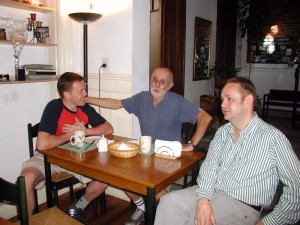

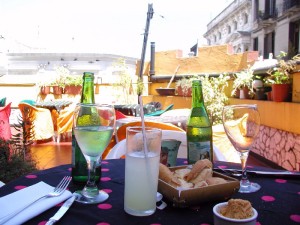
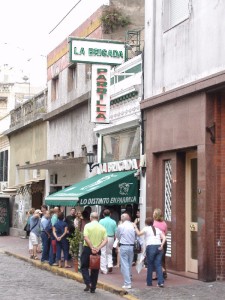
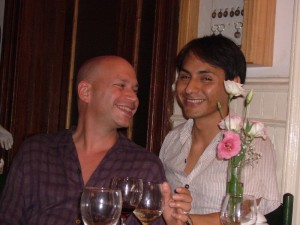
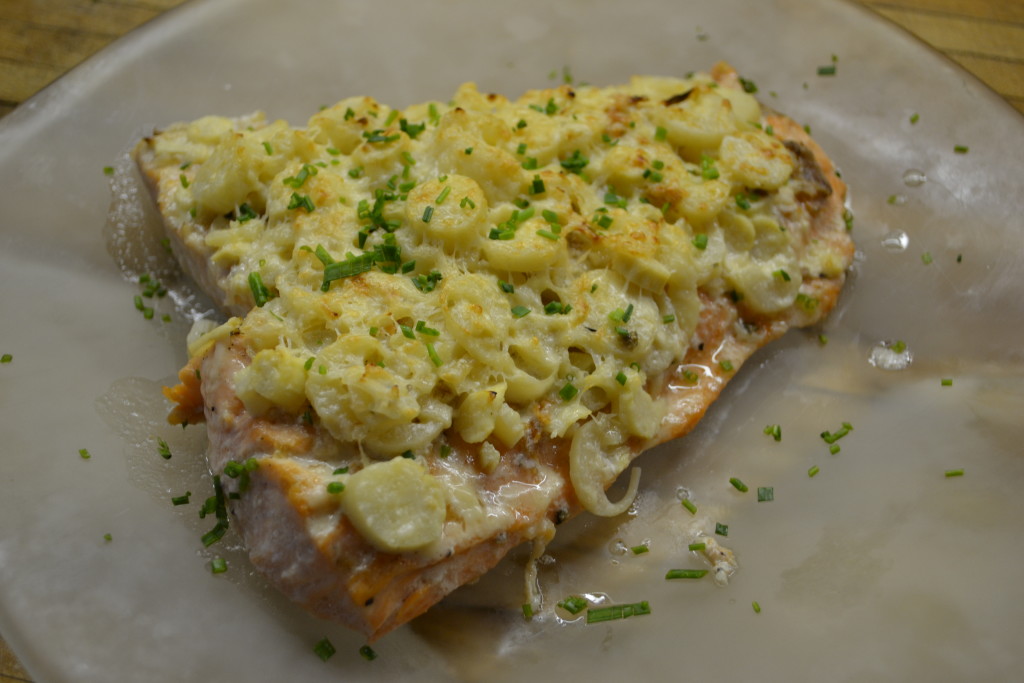

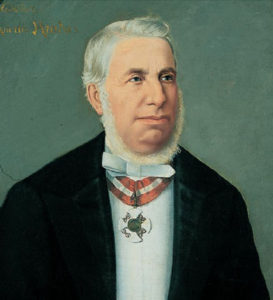
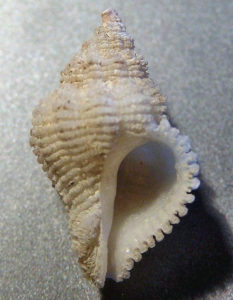
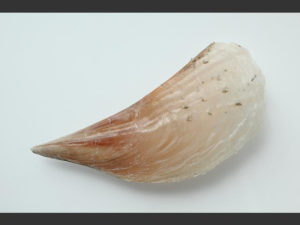
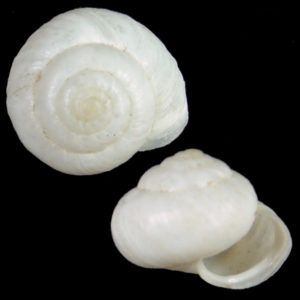
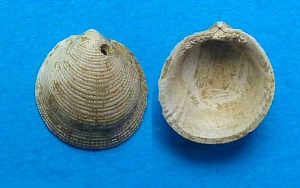
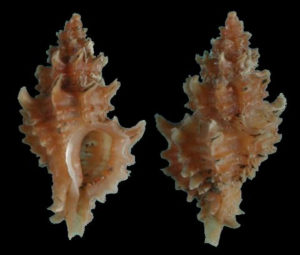
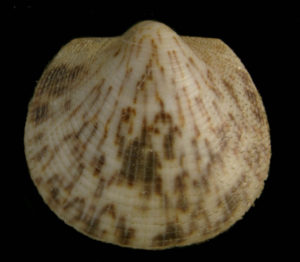




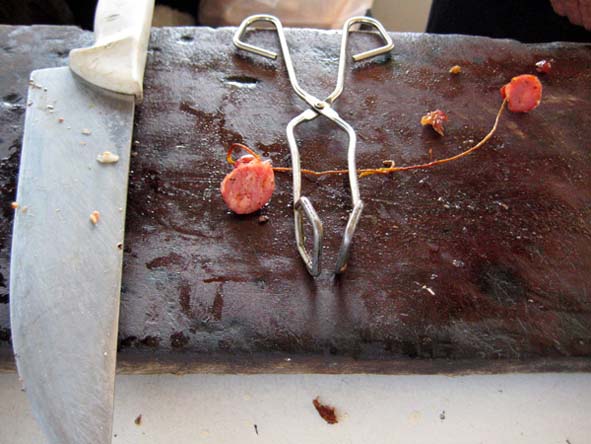
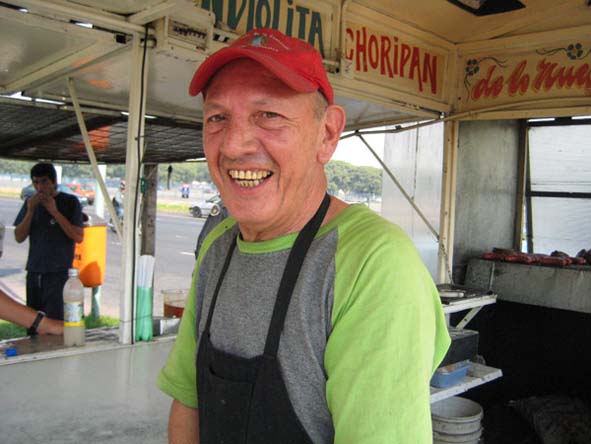
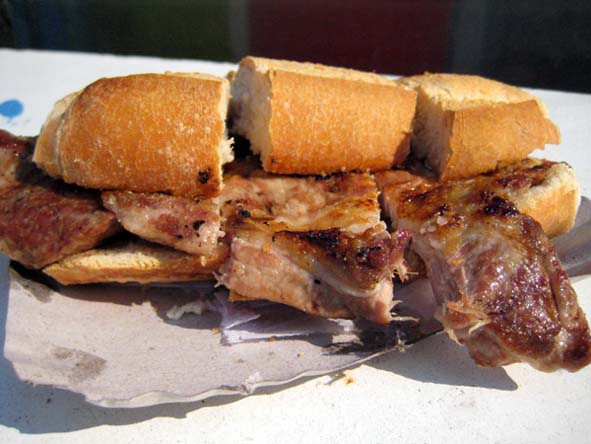
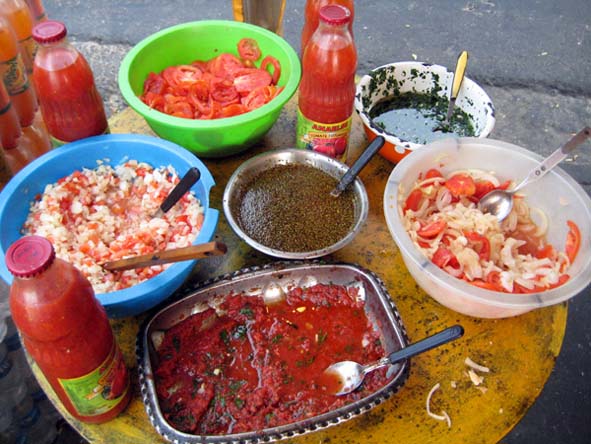
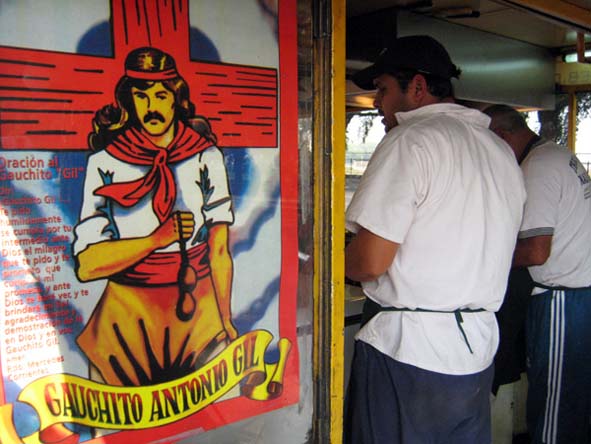
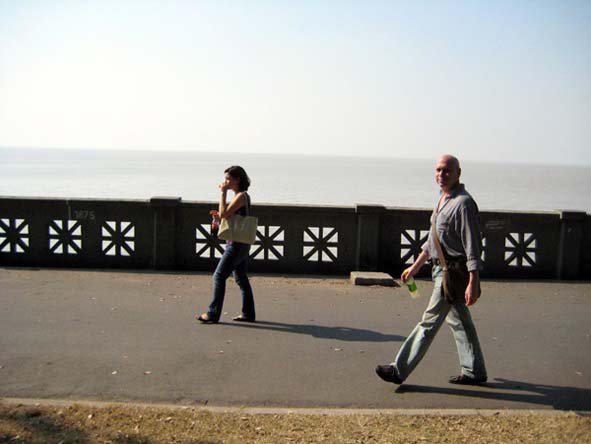
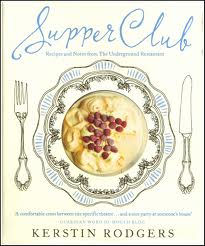 So Ted Allen has a cookbook too now, damnit. Oh, and so does Kerstin Rodgers. Better known to the world at large as Ms Marmite Lover through both her blog,
So Ted Allen has a cookbook too now, damnit. Oh, and so does Kerstin Rodgers. Better known to the world at large as Ms Marmite Lover through both her blog,